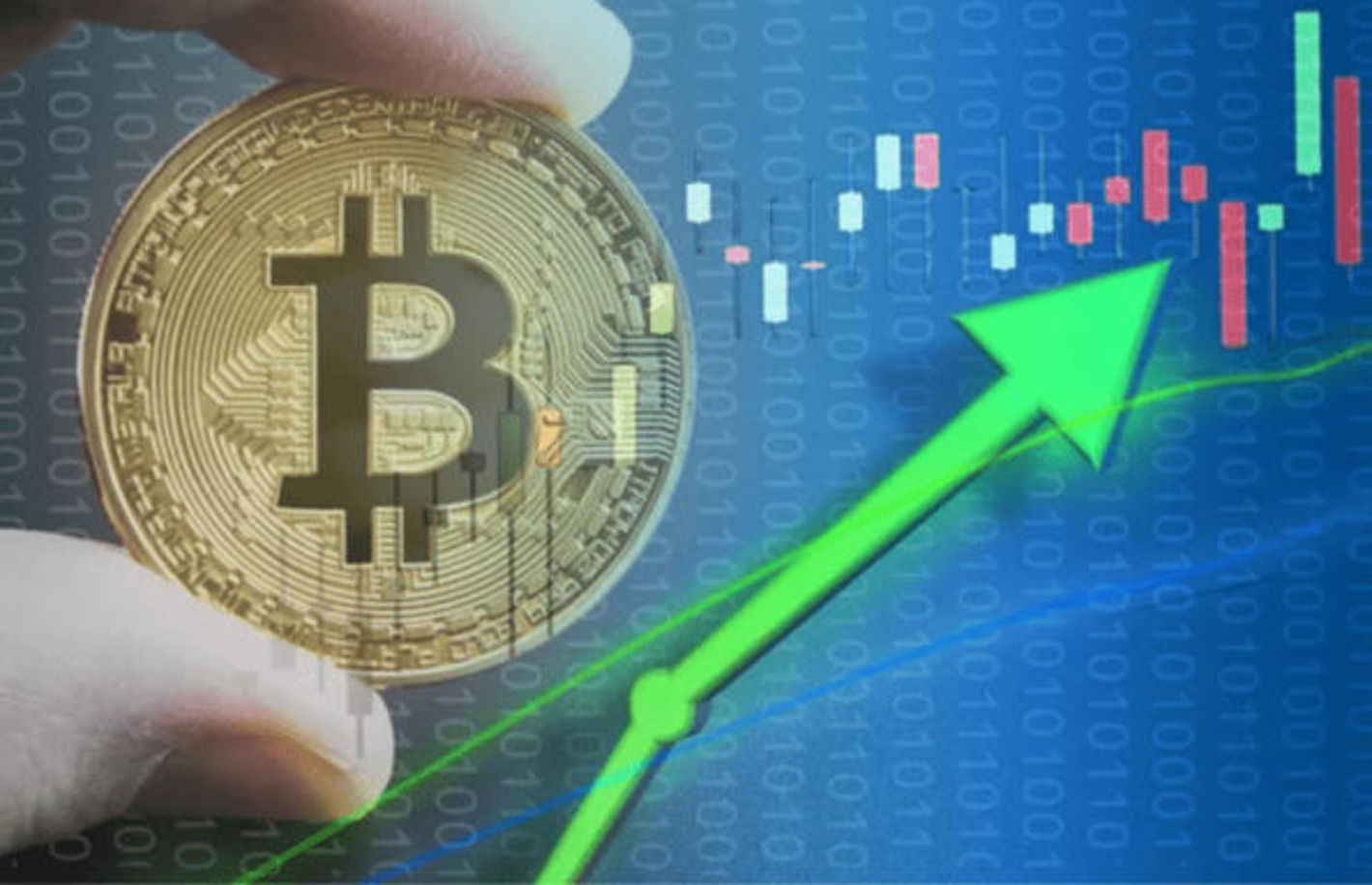Bitcoin Drops Below 110K and HYPE Altcoin Surges Crypto Market

Notable swings in the Bitcoin Drops market on May 26 caught the interest of analysts and investors all over. The pioneer and most well-known cryptocurrency, Bitcoin, experienced a notable change in market mood as its price dropped below the critical $110,000 level. At the same time, the altcoin HYPE became the day’s top gainer with a fantastic surge that piqued interest in its possibilities.
The most recent price swings in the Cryptocurrency Market, the fundamental causes of Bitcoin’s fall, the elements fueling HYPE’s rise, and the broader ramifications for digital assets in 2025 are explored in great detail in this paper Combining keyword clusters and Latent Semantic Indexing (LSI) terms like “cryptocurrency price today, “Bitcoin price analysis,” “altcoin market trends,” and “blockchain innovation,” this all-inclusive guide seeks to be a definitive source for traders, investors, and aficionados alike.
Bitcoin’s Recent Decline: Market Dynamics
After weeks of increasing momentum that had driven Bitcoin to previously unheard-of highs, its decline below $110,000 on May 26 was surprising. One cannot stress the importance of this psychological and technical support level since it frequently acts as a benchmark for institutional interest and market confidence. From macroeconomic conditions to regulatory news to investor profit-taking behavior, the dip shows a complicated interaction of elements.

Many well-known analysts, including those from companies like Goldman Sachs and JPMorgan Chase, have noted that the recent volatility of Bitcoin fits more general patterns in world markets. The tightening of monetary policy by central banks—especially the hints of interest rate increases made by the U.S. Federal Reserve—has created uncertainty in risk assets, cryptocurrencies included. Fears of economic downturn and inflation issues have prompted investors to reconsider their exposure to erratic assets like Bitcoin.
Moreover, on-chain analytics expose that some of the most oversized Bitcoin holders—often referred to as whales—have been selling off parts of their assets to lock in gains. The price correction has resulted from this selling pressure and less trade volume than in past optimistic stages. Technical signals, including the Relative Strength Index (RSI) and Moving Average Convergence Divergence (MACD), have shown a short-term negative trend, supporting declining momentum.
HYPE Token’s Growth Driven by Innovation and Market
While Bitcoin was under downward pressure, HYPE proved excellent durability and expansion, ranking highest among the many altcoins trading on May 26. The surge in the token’s value, which shows a notable percentage gain, results from both project-specific catalysts and general market excitement for creative blockchain solutions.
Recent announcements about strategic alliances and protocol upgrades enhancing scalability and cross-chain interoperability help explain HYPE’s surge. In a market where initiatives able to solve the blockchain trilemma—balancing decentralization, security, and scalability—increase value, these technical improvements are absolutely essential. Growing liquidity on distributed exchanges (DEXs) and the flood of fresh users have further accentuated HYPE’s increasing trajectory.
The token’s use inside its ecosystem, which comprises staking rewards, governance voting rights, and access to unique decentralized finance (DeFi) applications, buoys investor attitudes toward HYPE. as seen by Ethereum, Binance Smart Chain, and developing Layer 2 solutions like Optimism and Arbitrum, the DeFi industry is growing, and tokens like HYPE stand to gain significantly from more demand.
Cryptocurrency Market Dynamics Innovations
On May 26, cryptocurrencies show a market distinguished by differences between main assets like Bitcoin and Ethereum and a wide range of altcoins displaying varying performance. Especially with Ethereum 2.0, which will switch the network to a proof-of-stake consensus method, Ethereum remains a major contender. Critical to preserving Ethereum’s supremacy in the smart contract and DeFi markets, this update seeks to slash gas fees, boost transaction throughput, and cut energy usage.
Macro elements affecting the whole Bitcoin Market include changes in laws across important countries. Under the direction of organizations like the Securities and Exchange Commission (SEC) and the Commodity Futures Trading Commission (CFTC), the United States is working toward clearer regulatory systems separating cryptocurrencies from securities. Soon to be adopted, the European Union’s Markets in Crypto-Assets (MiCA) rule seeks to standardize crypto rules throughout member states, simplifying compliance for initiatives running in the area.
Investor Sentiment, Technology, and Innovation
Often motivated by news cycles and market mood, investor behavior swings between risk-on and risk-off forms. The existence of retail traders swayed by social media sites, including Twitter, Reddit, and Telegram, accentuates the natural volatility of the bitcoin market. Influencers such as Elon Musk have shown how tweets may be used to impact markets, therefore stressing the need for sentiment analysis in bitcoin trading techniques.

From a technological standpoint, Layer 2 solutions, zero-knowledge proofs, and cross-chain bridges improve the scalability and privacy aspects of blockchain networks, hence making them more attractive to a wider user base. Greater usage results from tools like MetaMask and Ledger hardware wallets, which give safe and easy access to distributed apps and digital asset storage.
These elements taken together define market patterns and price action. For instance, new financial products combining art, gaming, and finance arise as DeFi protocols link with non-fungible token (NFT) markets, extending the value of blockchain tokens like HYPE.
Final thoughts
Bitcoin’s path will stay tightly linked to macroeconomic data, including inflation statistics, Federal Reserve pronouncements, and world geopolitical developments. Whether Bitcoin can establish its position as a non-correlated asset class will depend much on its relationship with conventional markets, including gold and stocks.
Under constant technical advancement and increasing user involvement, altcoins—led by pioneers like HYPE—have difficulty keeping momentum. The increasing desire for distributed governance and practical uses points to projects with obvious benefits and excellent community support, which are likely to flourish.
Reliable data sources such as CoinMarketCap and Glassnode for on-chain measurements and reputable news sources like CoinDesk and The Block urge market players to stay educated. Any cryptocurrency-oriented website would benefit from internal linking to related subjects, including “Cryptocurrency Market Analysis, “Bitcoin Technical Trends,” and “DeFi Innovations,” hence improving user experience and SEO value.




